Atmospheric and Oceanographic Research
We will conduct research operations in collaboration with the University of Washington Applied Physics Laboratory during our expedition. This research will include meteorological studies using a weather station on board to monitor atmospheric conditions and surface heat fluxes, as well as the deployment of specially designed buoys to measure wave and ocean/atmosphere properties.
Buoy Deployment
The deployment of advanced buoys, led by senior principal oceanographers Dr. Jim Thomson and Dr. Ignatius Rigor, forms a cornerstone of this research. These buoys are designed to measure critical wave and atmospheric properties in real-time, contributing to our understanding of ocean dynamics and climate interactions.
The Surface Wave Instrument Float with Tracking (SWIFT) is a free-drifting system that measures waves, winds, turbulence, and ambient ocean surface noise. A key feature of SWIFT is its ability to move with wave motion, maintaining near-surface accuracy and filtering wave orbital velocities. This technology is instrumental in studying breaking wave energy dissipation, investigating wave-ice dynamics in the Arctic, and characterizing marine energy sites. Additionally, the microSWIFT buoy, a smaller and expendable version, has been developed for specific applications such as documenting wave activity in tropical cyclones and polar regions. These buoys provide insights into increased wave activity linked to reductions in sea ice, and their data have significant implications for understanding coastal erosion and risks to communities in coastal zones. The buoys also measure ocean temperature, with data processed hourly and transmitted via satellite for public access. Each buoy operates for approximately three weeks and is not recovered.
Seawater Properties
Understanding the ocean’s surface temperature is essential for studying global phenomena such as carbon dioxide uptake. A critical focus of this research is the “cool skin effect,” where the ocean surface temperature is slightly cooler than the water just beneath it. This thin layer forms because the ocean loses heat to the atmosphere through processes like radiation, evaporation, and conduction. Although the temperature difference is small, it has significant implications for global oceanic and atmospheric systems.
One major benefit of the cool skin effect is its role in enhancing the ocean’s ability to absorb carbon dioxide (CO₂). Cooler water holds more CO₂, making the ocean a more effective carbon sink and helping to mitigate climate change. The cool skin effect also influences heat exchange between the ocean and atmosphere, regulating weather patterns, ocean circulation, and global climate systems. It also improves the accuracy of satellite measurements of sea surface temperatures, as these rely on understanding the cool skin layer.
While the cool skin effect is not inherently good or bad, its changes due to climate factors can have positive and negative consequences. For instance, warming oceans or stronger winds might alter the magnitude of this effect, reducing the ocean’s capacity to absorb CO₂ and potentially exacerbating global warming. At the same time, its essential role in maintaining heat exchange underscores its importance in sustaining Earth’s climate balance. Understanding this phenomenon is critical for predicting and managing the ocean’s role in mitigating climate change.
The research team will use an infrared thermometer to measure the ocean’s surface skin temperature, while a “sea snake” thermistor will track the near-surface bulk temperature. A weather station will also capture wind, air temperature, humidity, and solar and cloud radiation. This research provides a unique opportunity to study the cool skin effect in coastal zones, an area less explored than the open ocean.
Meteorological Studies
Meteorological studies on this expedition aim to gather comprehensive atmospheric data to enhance our understanding of ocean-atmosphere interactions, particularly in coastal environments. The weather station on board will measure wind speed and direction, air temperature and humidity, and both solar and longwave radiation. These measurements will support the broader goals of understanding heat flux dynamics and their role in climate systems.
Educational and Collaborative Goals
The mission of this expedition is not only scientific but also educational. By sharing real-time data, the team aims to engage students with hands-on learning experiences, support educators with open-source scientific tools, and foster a global community of ocean advocates. The expedition seeks to inspire a deeper connection to and stewardship of our planet’s oceans through these efforts.
